Top 3 Reasons To Use A Nutrient Dosing System
Nutrient dosing or delivery systems are associated with precision irrigation, automation, and convenience, but it's also known for high upfront...
1 min read
Joy King : May 15, 2021 4:00:00 AM
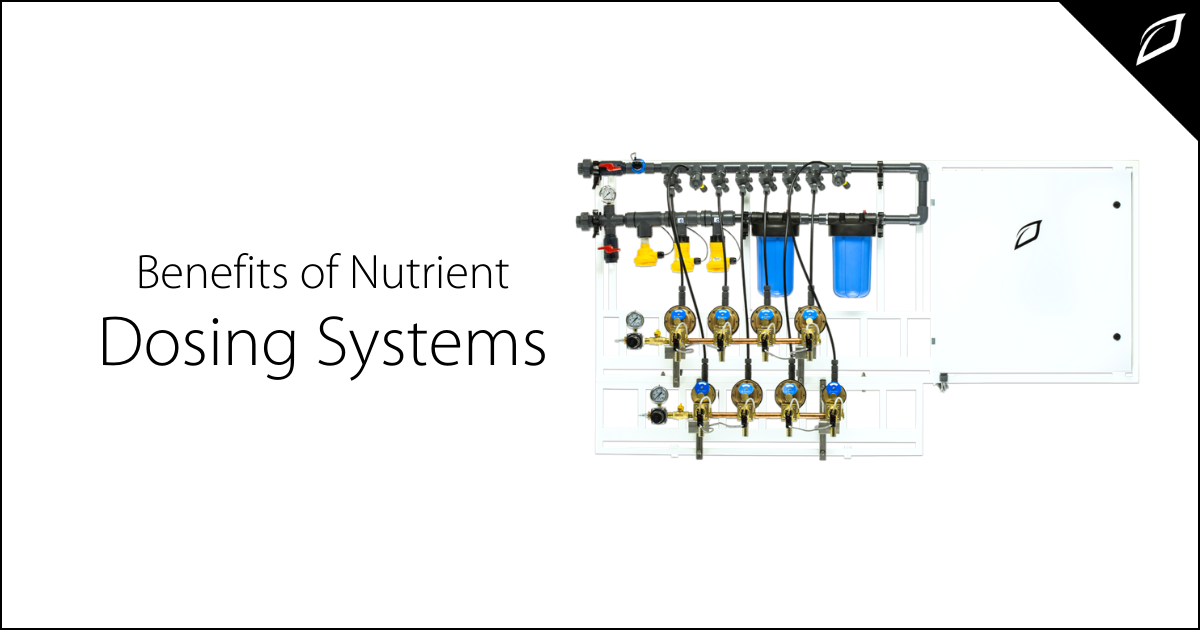
Automated nutrient delivery systems can be expensive, and sticker shock can intimidate growers into putting off the upgrade. However, the vast majority of growers admit that the upfront investment pays off. Lower labor costs and reduced resource waste, along with saving time, are enough to get many growers to take the plunge. We'll dive into what nutrient delivery systems do, how they work, and the potential benefits associated with investing.
What is a nutrient delivery system?
Commonly referred to as fertigation, a nutrient delivery system injects fertilizers and other water-soluble solutions into an irrigation line. In addition to feeding plants the nutrients they require, high-quality systems can also measure EC, pH, and temperature. Fertigation is related to chemigation, injecting chemicals into an irrigation system.
How does it work?
Using a sophisticated series of sensors, these systems monitor temperature, EC, and pH levels in the water. Advanced systems can be accessed using a mobile app to create parameters, set rules, and create room-specific recipes in real-time. In response to the parameters and rules you create, pumps will fill batch tanks or feed plants for a predetermined duration. Connect advanced systems via software that provides constant feedback and actionable data to improve yields consistently.
What are the benefits of automated nutrient systems?
The primary benefit of intelligent fertigation or nutrient delivery systems is that it allows growers to automatically deliver a precise amount of nutrients based on the crop type and growing medium, saving valuable time.
Another benefit is reduced resource waste. Chemicals involved in fertilization are harmful to the environment, and fertilizer polluting outside water sources is a genuine concern. The most common cause is excess fertilizer exiting the growing environment before plants can utilize it, and automated nutrient delivery systems are ideal for preventing that from happening.
Nutrient delivery systems keep the fertilized irrigation water away from the outside environment using backflow prevention devices, chemical spill trays, and physical separation from the surrounding ground. Dialing in exact doses ensures that the system only provides as much fertilizer as the plants can use, significantly reducing the risk of excess chemicals leaching out of the system.
The final word...
While automated nutrient delivery systems require regular maintenance, the labor required to operate them is insignificant compared to the labor costs saved on manually performing the task. As improvements in indoor agriculture advance, the number of growers applying these profit-producing systems will only continue to increase.
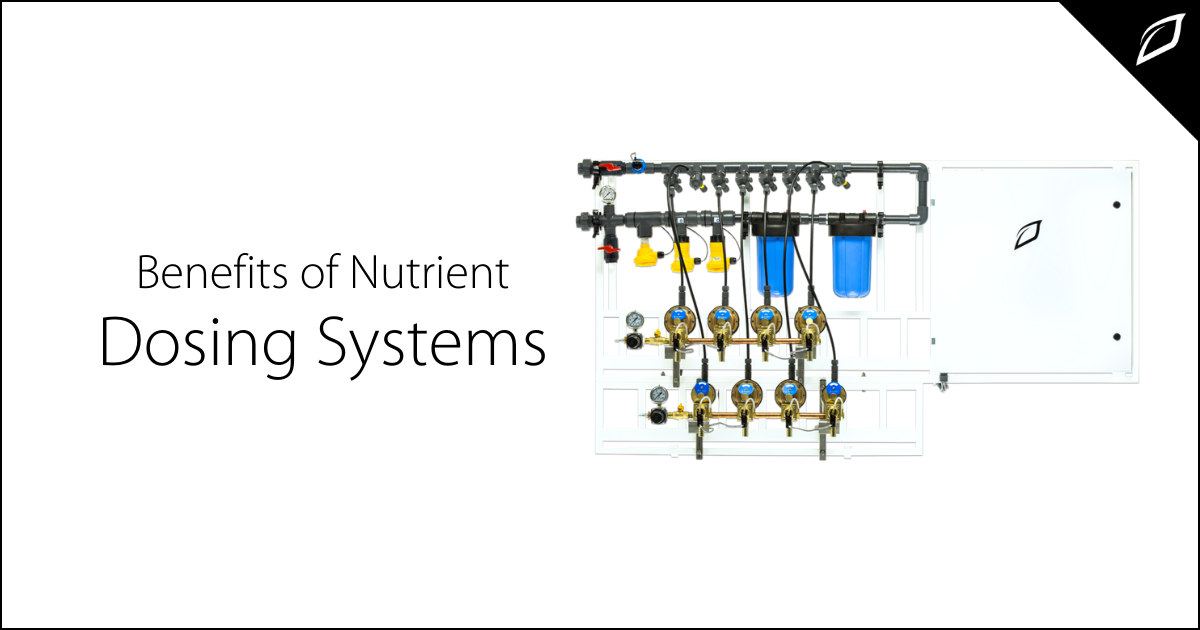
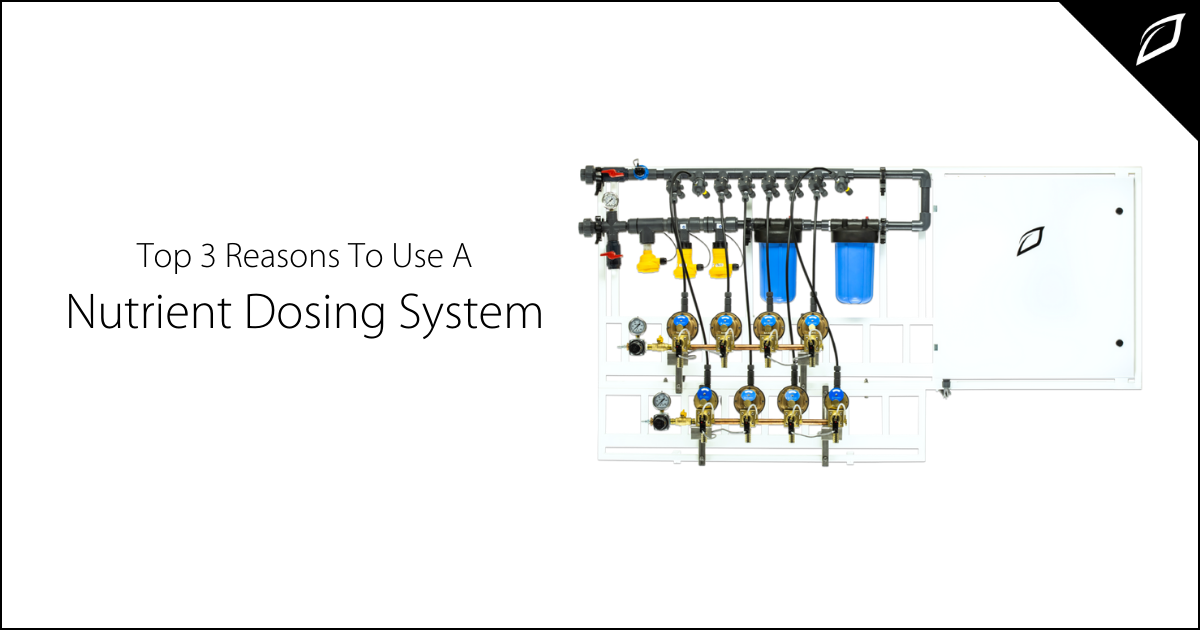
Nutrient dosing or delivery systems are associated with precision irrigation, automation, and convenience, but it's also known for high upfront...
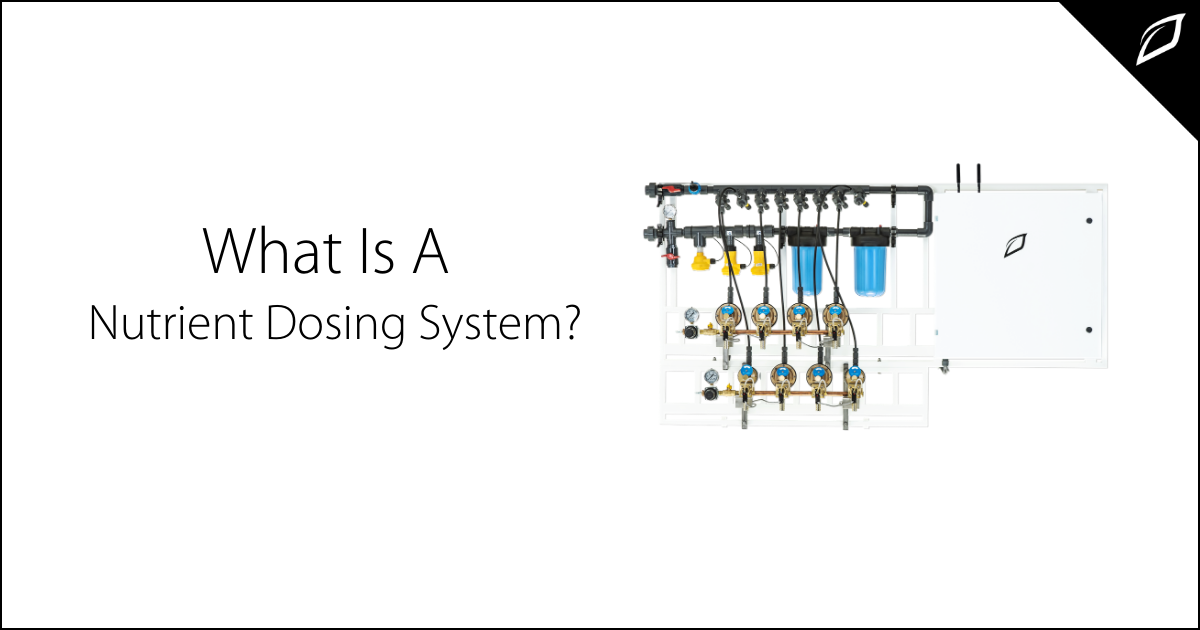
Getting nutrients to crops in commercial cultivation grows is a critical aspect of a farmer's routine.
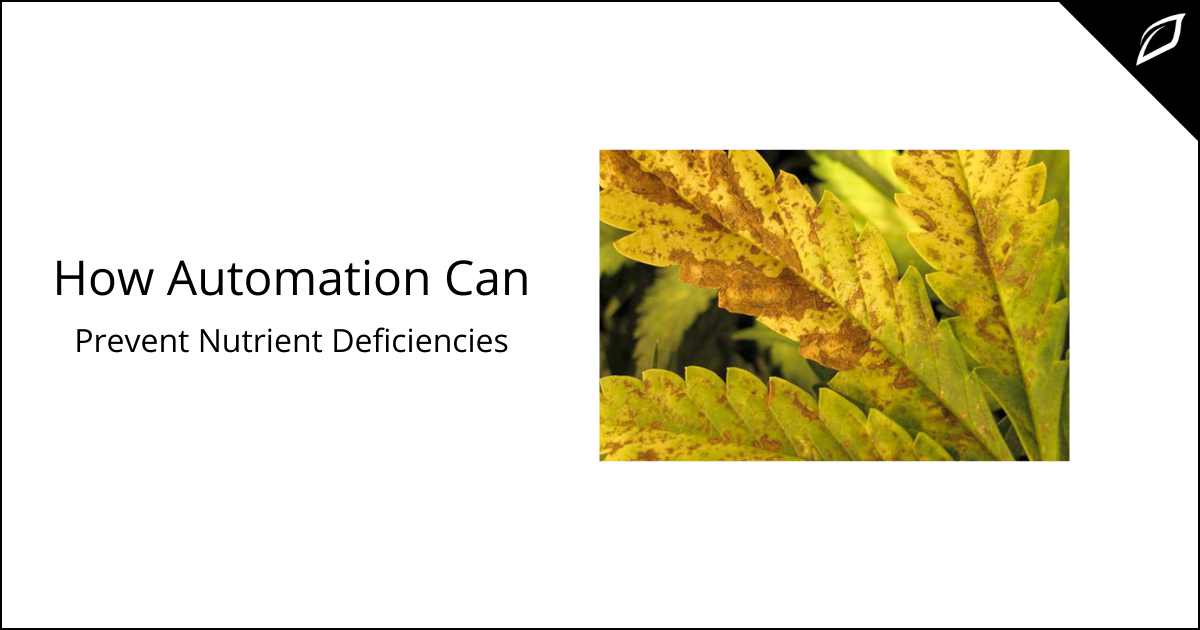
Nutrient deficiency in plants can impact your bottom line. Delivering the right nutrients at the right time can make or break your grow operation....